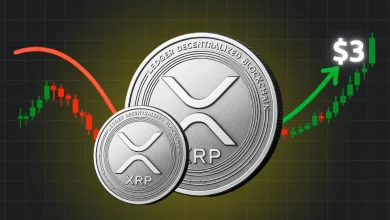Cryptocurrency exchanges would be brought under Australia's existing Financial Services framework as 'digital asset facilities.'
The goal is to protect consumers from potential conflicts of interest, fraud, and credit risks.
The Australian government's approach is more flexible than that of the US SEC, which focuses on classifying tokens as securities.
In a groundbreaking move that could set a new global standard for regulating cryptocurrencies, the Australian Treasury has released a paper titled “Regulating Digital Asset Platforms.” This document aims to bring cryptocurrency exchanges under Australia’s existing Financial Services framework, providing the industry with more legitimacy and security.
Here are all the details you must know.
Introducing ‘Digital Asset Facilities’
The proposal introduces a new category of financial products called ‘digital asset facilities.’ These are essentially arrangements for holding assets facilitated by digital asset platforms. According to the paper, “the business of holding significant values of digital assets or assets backing digital assets should be regulated.”
This new category aims to meet the minimum standards applied to traditional financial products and services that involve holding assets.
The Landscape is Blurry
In a time when the distinction between traditional financial products and digital assets is becoming less clear, the risks of unregulated asset-holding intermediaries have become a bigger concern. The Treasury paper says these challenges are even more significant in the ‘vertically integrated’ structure of digital asset platforms, which often combine trading, custody, and other functions under one roof.
Notably, the Australian government’s approach is different from that of the U.S. Securities and Exchange Commission (SEC), which focuses on classifying tokens as securities. The Australian paper acknowledges that many digital assets are not financial products and suggests a more flexible regulatory approach. The primary goal is to protect consumers from potential conflicts of interest, fraud, and credit risks that have affected the cryptocurrency industry.
The Importance of ‘Asset Holding’
According to the proposal, applying the existing regulatory framework directly to the unique nature of digital assets may not be the most effective approach. The paper emphasizes that the risks and benefits of ‘asset holding’ in the digital asset ecosystem are not unique and should be regulated to maintain the market’s integrity.
A Standard for the World
The Australian Treasury’s regulatory proposal could become a model for other countries dealing with cryptocurrency oversight. It aims to strike a balance by creating a secure and trustworthy digital asset market while keeping the doors open for innovation.
Here’s What’s Happening in the USA: Congress and SEC Clash Over Crypto Regulations; Chair Gensler Grilled







